国际可再生能源局(IRENA)发布报告称,对西非国家经济共同体(Ecowas)中所有15个国家而言,制定区域性及国家性太阳能和可再生能源发展目标,是这一地区清洁能源技术在2030年获得成功的关键。
IRENA在这些西非国家的规划模型,即所谓的“西非系统规划测试模型” (System Planning Test model for Western Africa)的基础上,预测称这一地区太阳能及其他清洁能源的增长,将与其成员国制定出明确的区域性和国家性目标的能力成正比。
IRENA在报告中提供了几种不同场景下的预测。最悲观的是参考性场景(Reference Scenario),即没有设定任何区域性或国家性目标。在这种情况下,预计水电将从2015年的22%降至2030年的17%、太阳能与风能相加占10%——装机容量预计为8吉瓦。而所有形式的可再生能源容量相加,将占电力总需求的25%。
其次是区域性EREP目标方案(Regional EREP Target Scenario),预测这一地区在2030年将完成最低目标,且太阳能部署量为12吉瓦。
最为乐观的是设定了明确目标的国家目标场景(National Targets Scenario)。这种情况下预计2030年太阳能的总装机容量可达20吉瓦,年增长率约1.5吉瓦。
报告预测,这些新增太阳能容量的大部分将位于尼日利亚、加纳和科特迪瓦。而几内亚、布基纳法索、塞内加尔和马里等“太阳能资源较好的较小型国家“”(即平均容量因数>20%),也将会部署了大量的太阳能光伏以实现其国家目标。而至2030年,可再生能源预计将占该地区总电力需求量的38%。
This content is protected by copyright and may not be reused. If you want to cooperate with us and would like to reuse some of our content, please contact: editors@pv-magazine.com.
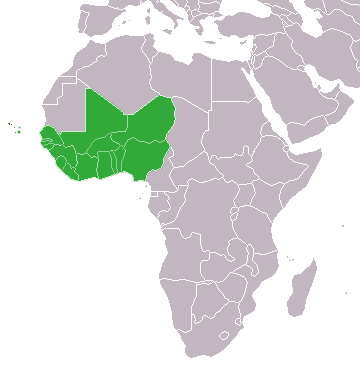



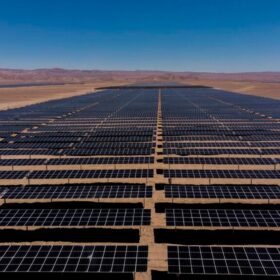
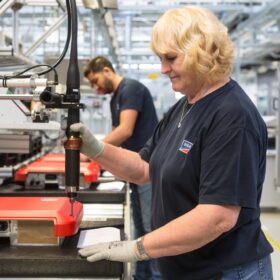
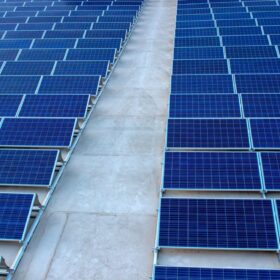
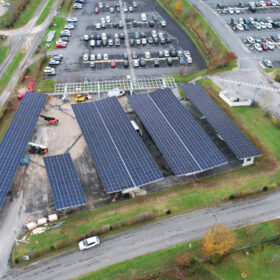
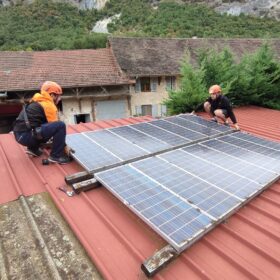
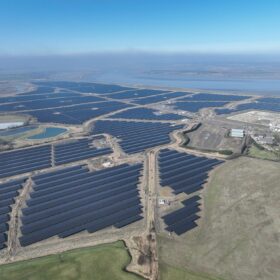
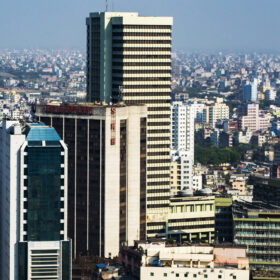
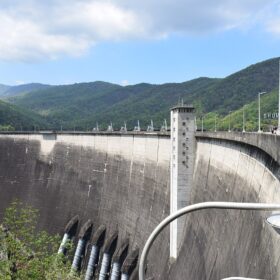
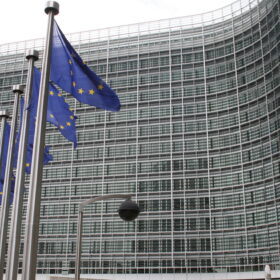
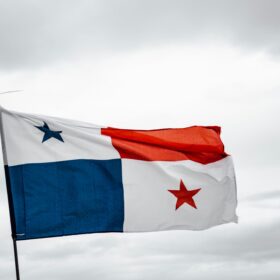
By submitting this form you agree to pv magazine using your data for the purposes of publishing your comment.
Your personal data will only be disclosed or otherwise transmitted to third parties for the purposes of spam filtering or if this is necessary for technical maintenance of the website. Any other transfer to third parties will not take place unless this is justified on the basis of applicable data protection regulations or if pv magazine is legally obliged to do so.
You may revoke this consent at any time with effect for the future, in which case your personal data will be deleted immediately. Otherwise, your data will be deleted if pv magazine has processed your request or the purpose of data storage is fulfilled.
Further information on data privacy can be found in our Data Protection Policy.